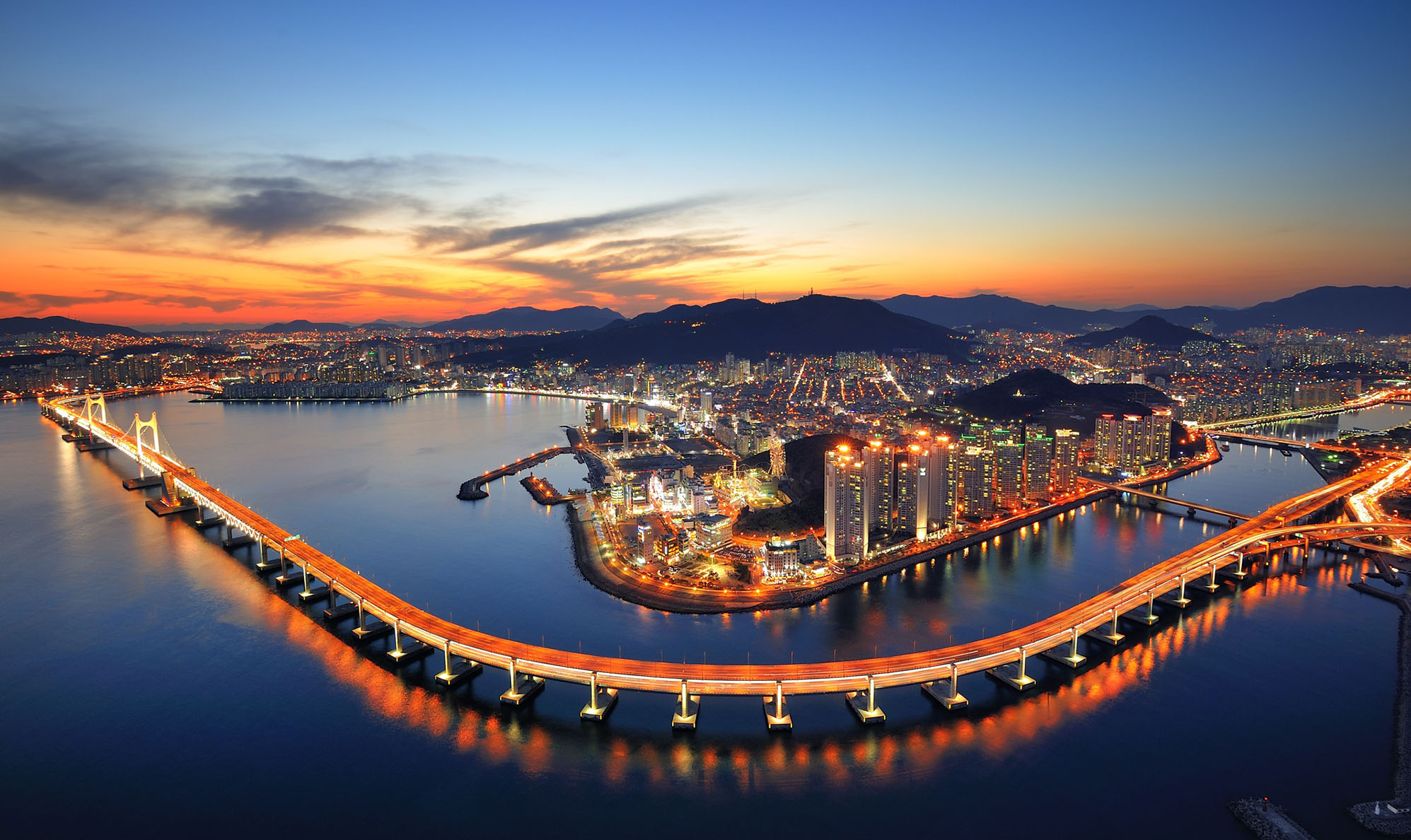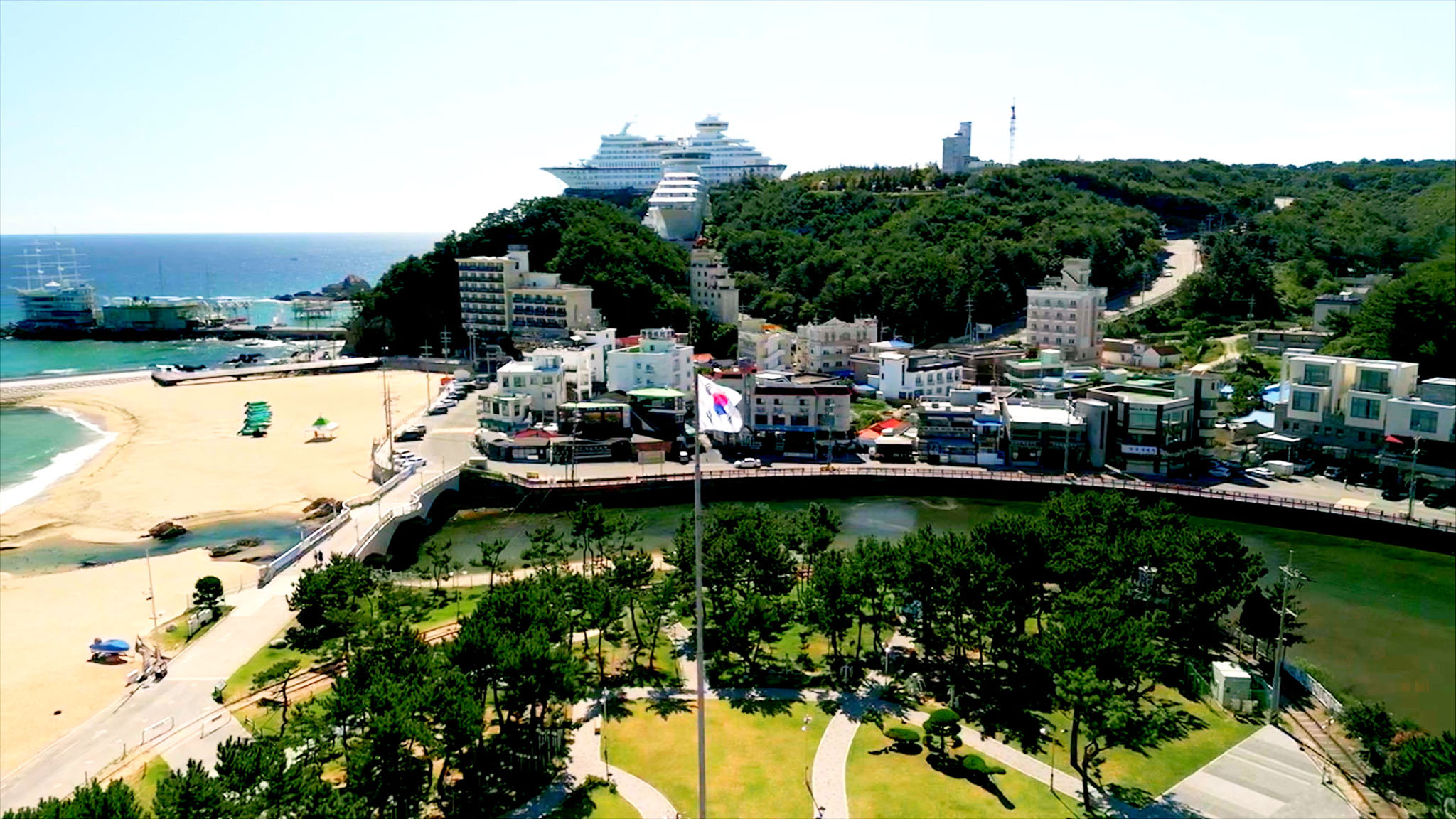
Journey Across the Land of Morning Calm
Seoul may be the face of modern South Korea, but visits to lesser-known cities allow visitors to get to the heart of the country.
The success of the “Korean wave” has seen K-pop, K-dramas, and other South Korean pop culture gain popularity around the world. Visitors to its shores, however, find a destination of rich cultural diversity reflecting a storied history dating back thousands of years.
Having reopened to overseas tourists after two years, now is the perfect time to visit South Korea and enjoy the country’s unique heritage and stunning natural attractions.

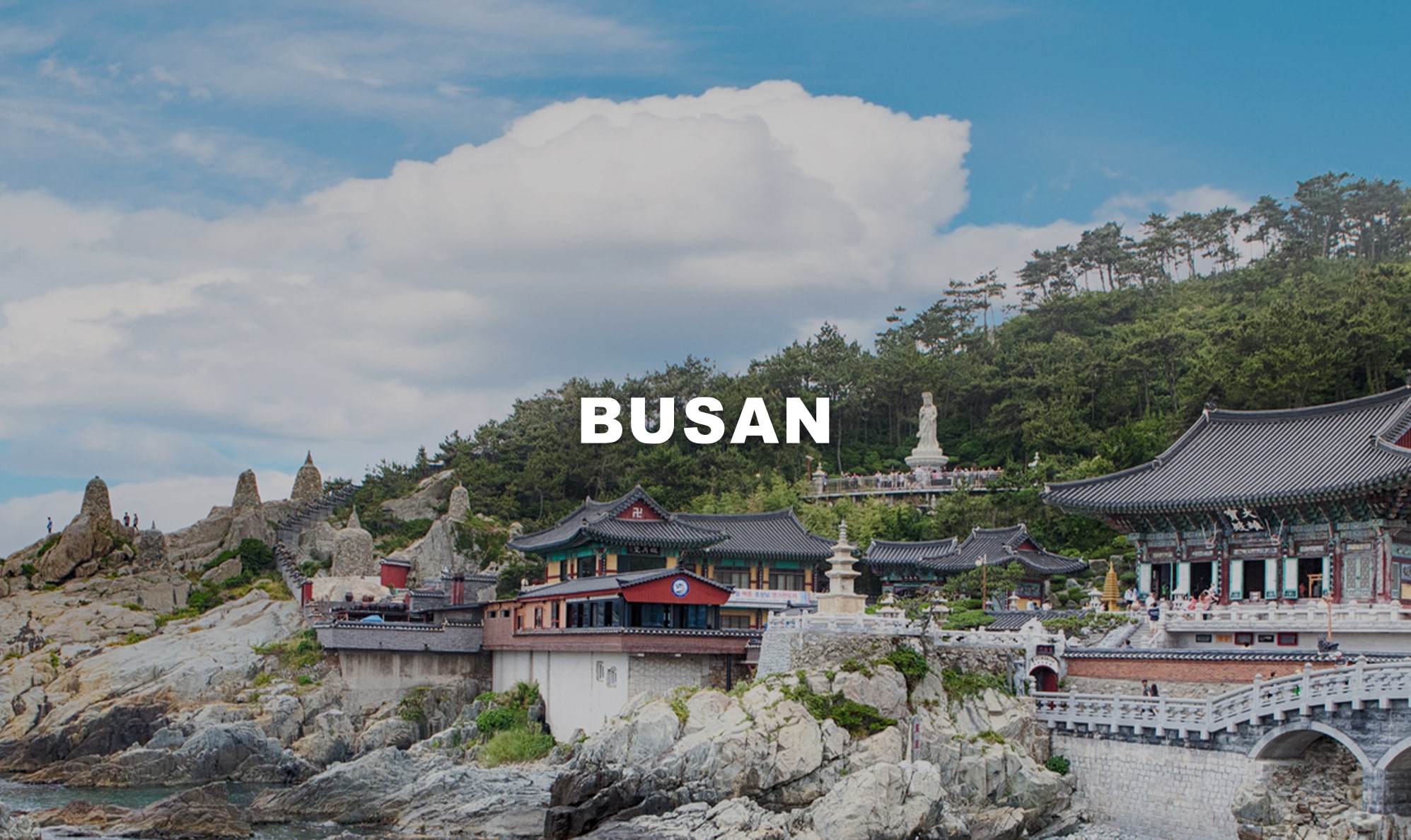
Busan may be the second largest city after Seoul, but the coastal city on the southeastern tip of the Korean peninsula offers visitors a laid-back experience that’s 200 miles from the vibrant capital.
Busan is home to seven public beaches including Haeundae Beach, the most popular stretch of sand in the country and venue for the annual Haeundae Sand Festival every May. Take in the scenery with a ride on the elevated Sky Capsule or on the beach train which runs along a walking trail, and try local street food at Haeundae Food Stall Town, including Ssiat Hotteok, the local variation of the sweet pancake, filled with seeds and nuts.
Further south along the coastline, Gamcheon Culture Village is recognizable for its quaint narrow alleys flanked with brightly colored houses, souvenir boutiques, and cafes, as well as beautiful street art.
In Busan, culture and nature converge at Haedong Yonggungsa Temple, famous in Korea for its waterfront location, from where visitors can climb steps up the rocky landscape to enjoy the coastal view. To learn more about Buddhism, Beomeosa Temple offers visitors the opportunity to stay overnight and take part in monastic activities including meditation and tea ceremonies.
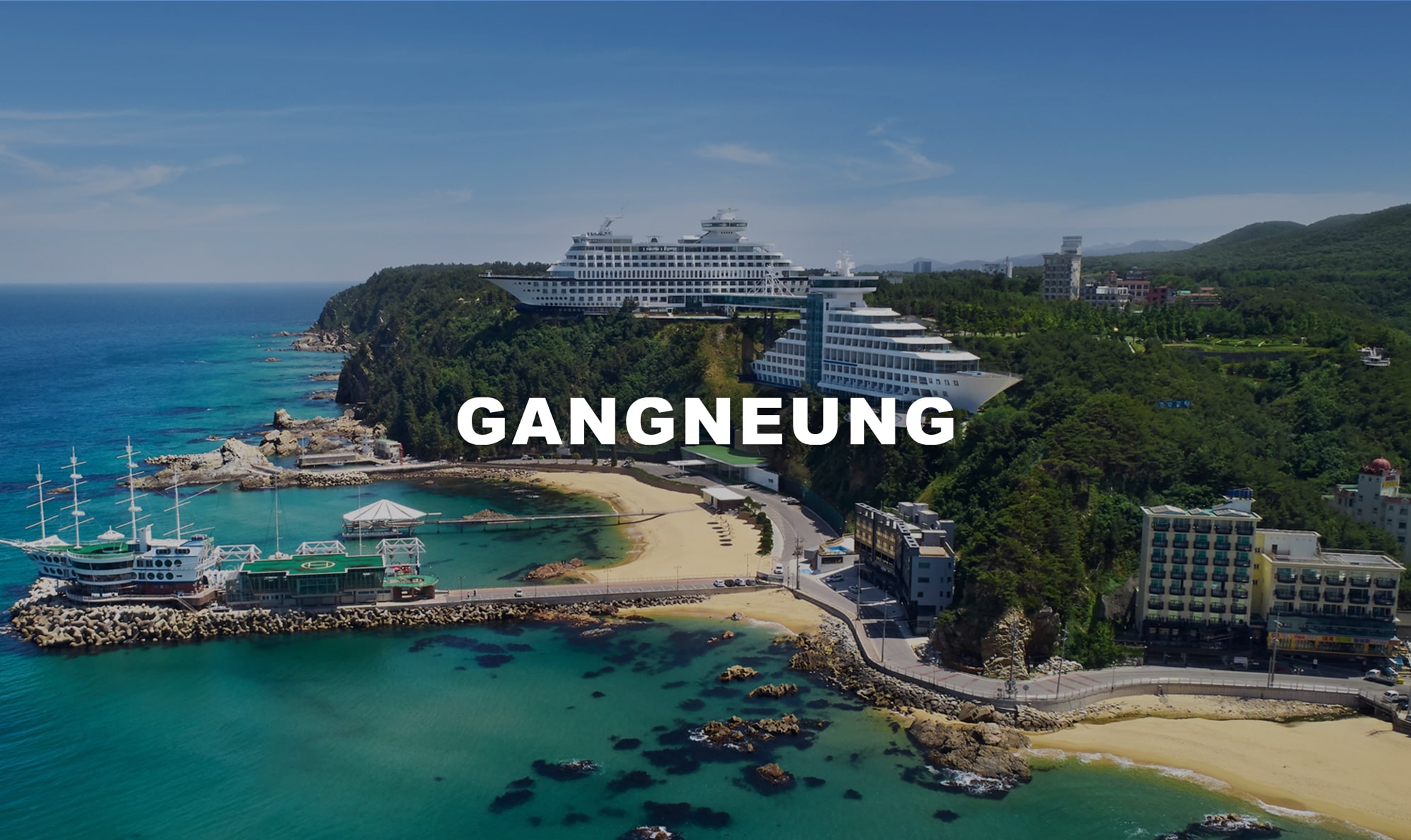
Gangneung, nestled between the ocean and Taebaek Mountains, is a city known for its artistic and literary heritage, commemorated with sights including Heo Gyun and Heo Nanseolheon Memorial Park, a literary park dedicated to the author who penned the first novel written in the Korean language during the Joseon Dynasty, and his sister, who was a distinguished poet.
Many historical buildings still remain from the Joseon Dynasty, which ruled from 1392 to 1910. Visit Seongyojang House, a National Folklore Cultural Heritage site and a well-preserved aristocratic residence typical of this era. What’s now Ojukheon Museum was once the home of Sin Saimdang, a prominent artist, and her Confucian scholar son Yulgok Yi I, both of whom are commemorated on the local currency on the KRW50,000 and KRW5,000 banknotes respectively.
Yulgok’s works dating back to the 16th century can also be seen at the Gyeongpodae Pavilion, housed alongside poetry written by famous artists and a former king. One of the country’s most popular surfing spots, Gyeongpo Beach is one of nearly 20 beaches visitors can discover here, with others including Jeongdongjin Beach—where they can take a 4.6-km track round trip by rail bike along the coast—and Anmok Beach, dotted with coffee shops and venue of an annual coffee festival.
The city is also home to Gangneung Danoje Festival, one of Korea’s oldest folk festivals, which takes place on the fifth day of the fourth lunar month every year.
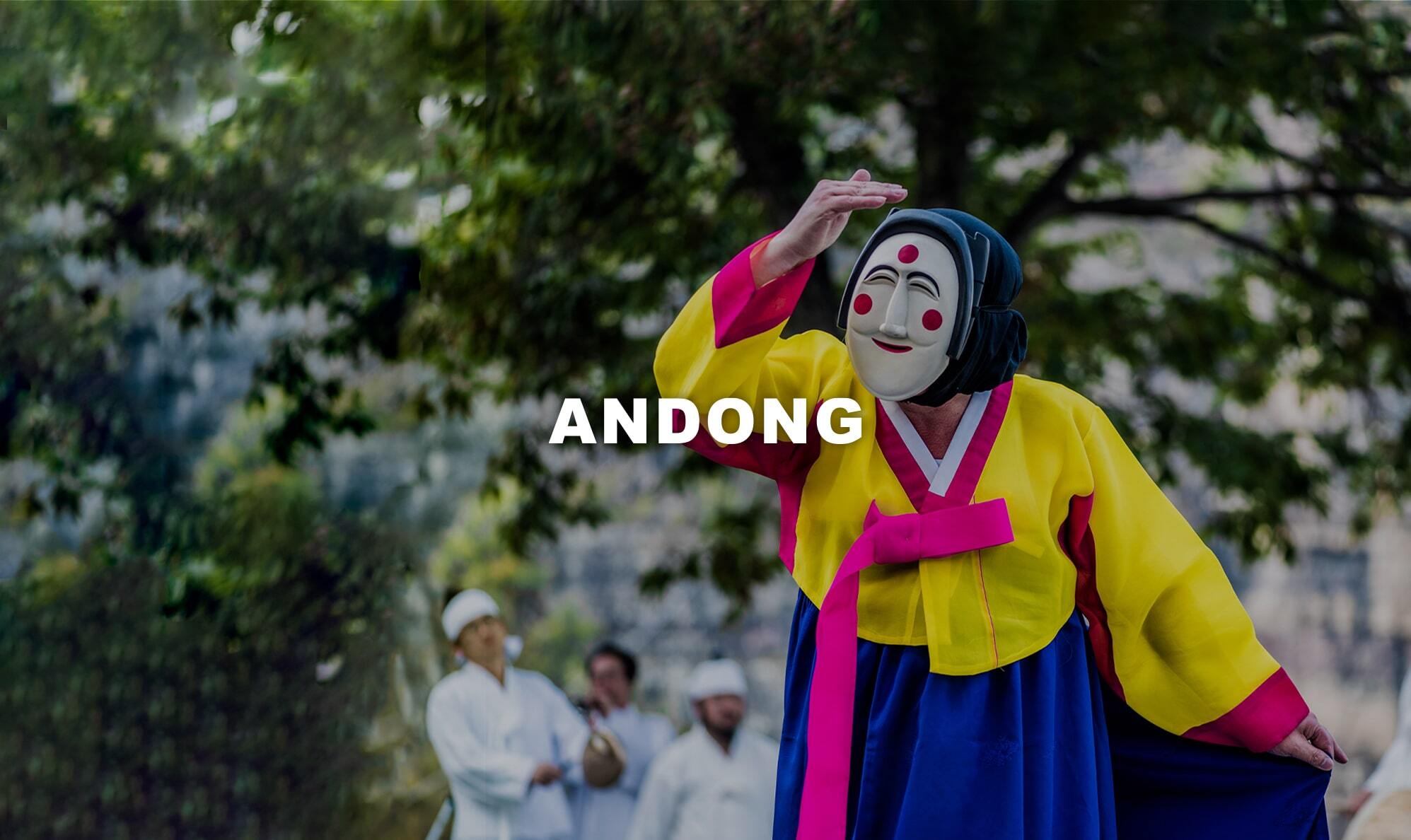
Celebrated as the “Capital of Korean Spirit”, Andong is a center of folk and cultural traditions known for its open-air heritage museums such as the Hahoe Folk Village, a UNESCO World Heritage Site. Visitors can enjoy traditional folk and ceremonial experiences, and see the birthplace of the iconic Hahoe masks, traditionally worn for a dance-drama performed for the gods.
In Andong, visitors can learn more about the country’s Confucian heritage at Dosan Seowon and Byeongsan Seowon, two of nine seowon—Confucian educational institutions from the Joseon Dynasty—collectively recognized as a UNESCO World Heritage Site. Up on the slopes of Mount Cheondeung, Bongjeongsa Temple dates back over a thousand years and offers an introduction to traditional architecture, including the main temple hall, believed to be the oldest wooden building in the country.
End your days in Andong by indulging in local delicacies such as salted mackerel and a braised chicken dish called Andong Jjimdak. The region is also famed for its Soju, a clear alcoholic beverage made with traditional distillation methods.
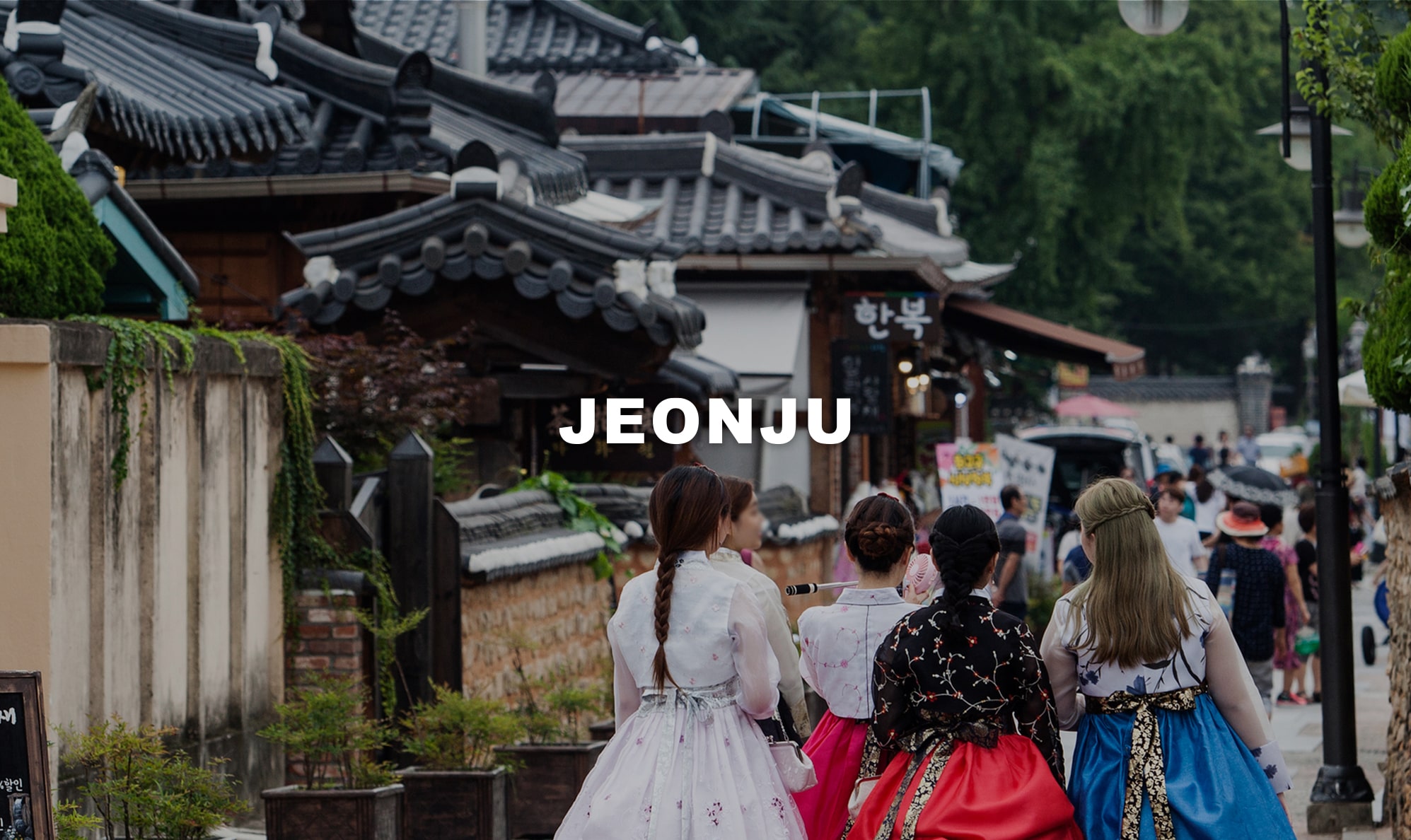
The ancestral home and spiritual center of the Joseon Dynasty, Jeonju is home to notable historical sites including Jeonju Hanok Village, a folk village with over 700 traditional houses, known locally as “Hanok” with signature roof eaves that curve upward towards the sky. Dress the part and rent a hanbok, the traditional Korean attire, to stroll along the ancient streets.
Visitors to Jeonju can learn more about the Joseon Dynasty through visits to sites such as Gyeonggijeon Shrine, erected in 1410 and dedicated to King Taejo, the founder of the dynasty. Other sites linked to the king include Omokdae and Imokdae Historic Sites, where he stopped to celebrate a battle victory, and a residence where his great-great-grandfather once lived.
In addition to the traditional architecture on display across the city, travelers can also feast their eyes on a combination of Byzantine and Romanesque architecture in the form of the Jeondong Catholic Cathedral, built in honor of Catholic martyrs of the Joseon Dynasty.
If all the exploring has you hungry, Jeonju is noted for its gastronomy. Try the original version of Bibimbap, a famous Korean rice dish native this region.
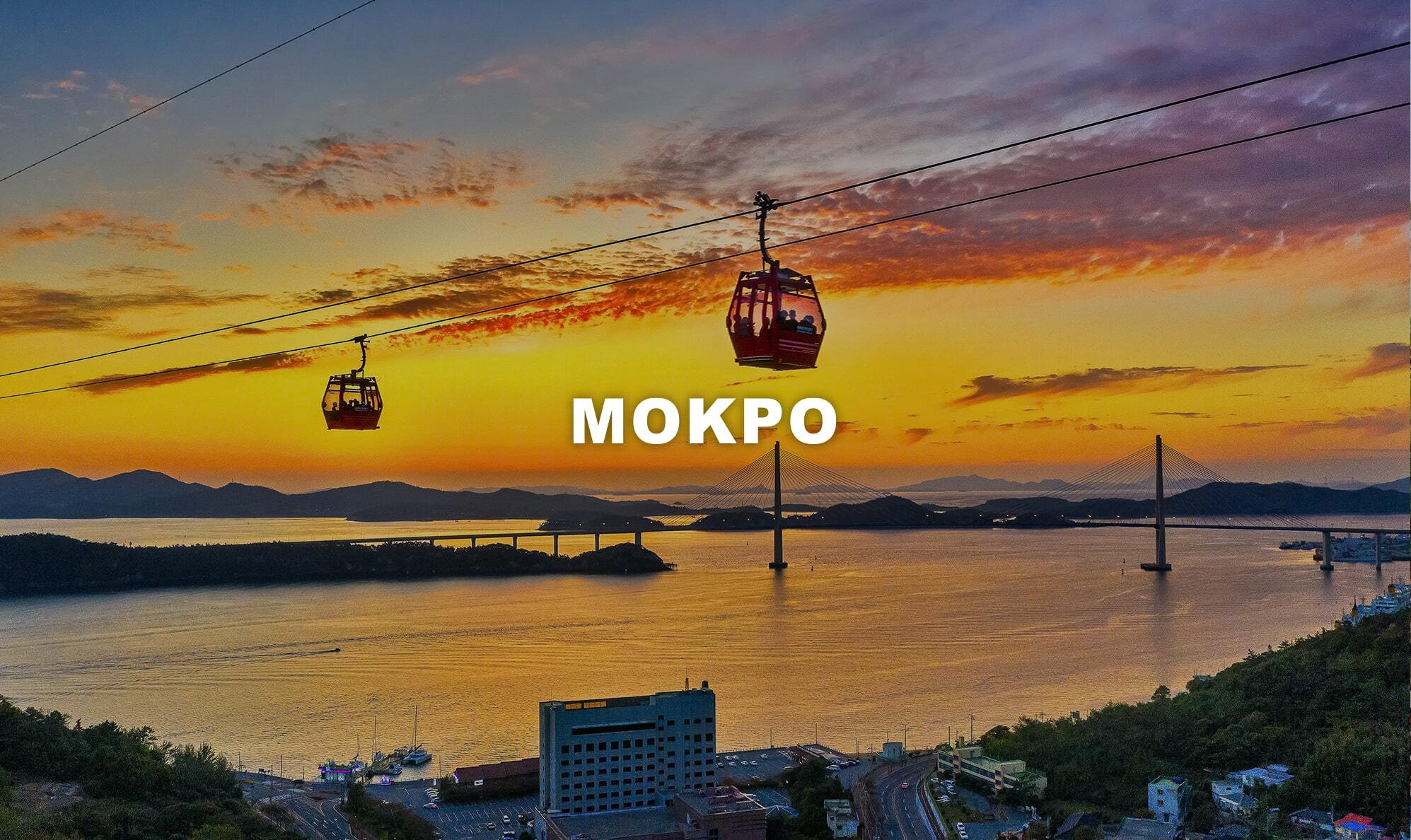
Located on the edge of the Noryeong Mountain Range, the port city of Mokpo is renowned for its marine culture. The best place to delve deeper into the city’s links to the water is the National Research Institute of Maritime Cultural Heritage, to learn about the underwater discoveries of cultural assets salvaged from shipwrecks. Nearby, a pair of natural sandstone formations known as Gatbawi Rock are reminiscent of two people wearing the traditional Korean woven hats, standing by the water’s edge.
Head up to Yudalsan Mountain to enjoy a bird’s-eye view of the whole town, or take a three-kilometer-long Mokpo Marine Cable Car ride and enjoy moving views of downtown Mokpo as well as mountain and sea vistas. Travelers can also explore the picturesque Sihwa Village, a hillside neighborhood which rewards visitors with street art and views of the harbor.
Closer to the water, a day trip to Samhakdo Island offers visitors the opportunity to canoe and kayak along the waterway. The island also hosts the annual Mokpo Maritime Cultural Festival every October which celebrates the city’s culture through music, performances, and contests.
With its seaside location, it’s no surprise that seafood dominates local menus including whiparm octopus, fermented skate and pork wrapped in kimchi, and sliced raw croacker. Other specialties include Ssuk Gulrae, a steamed sweet mugwort rice cake that makes for a perfect snack.
With a cultural legacy left behind by five millennia of history, and a natural beauty that has lent to the country’s moniker of “Land of the Morning Calm”, South Korea is a destination that belongs on your travel list. And with high-speed trains and an extensive bus network, you can design your own Korea experience filled with unforgettable travel memories.
Watch next
